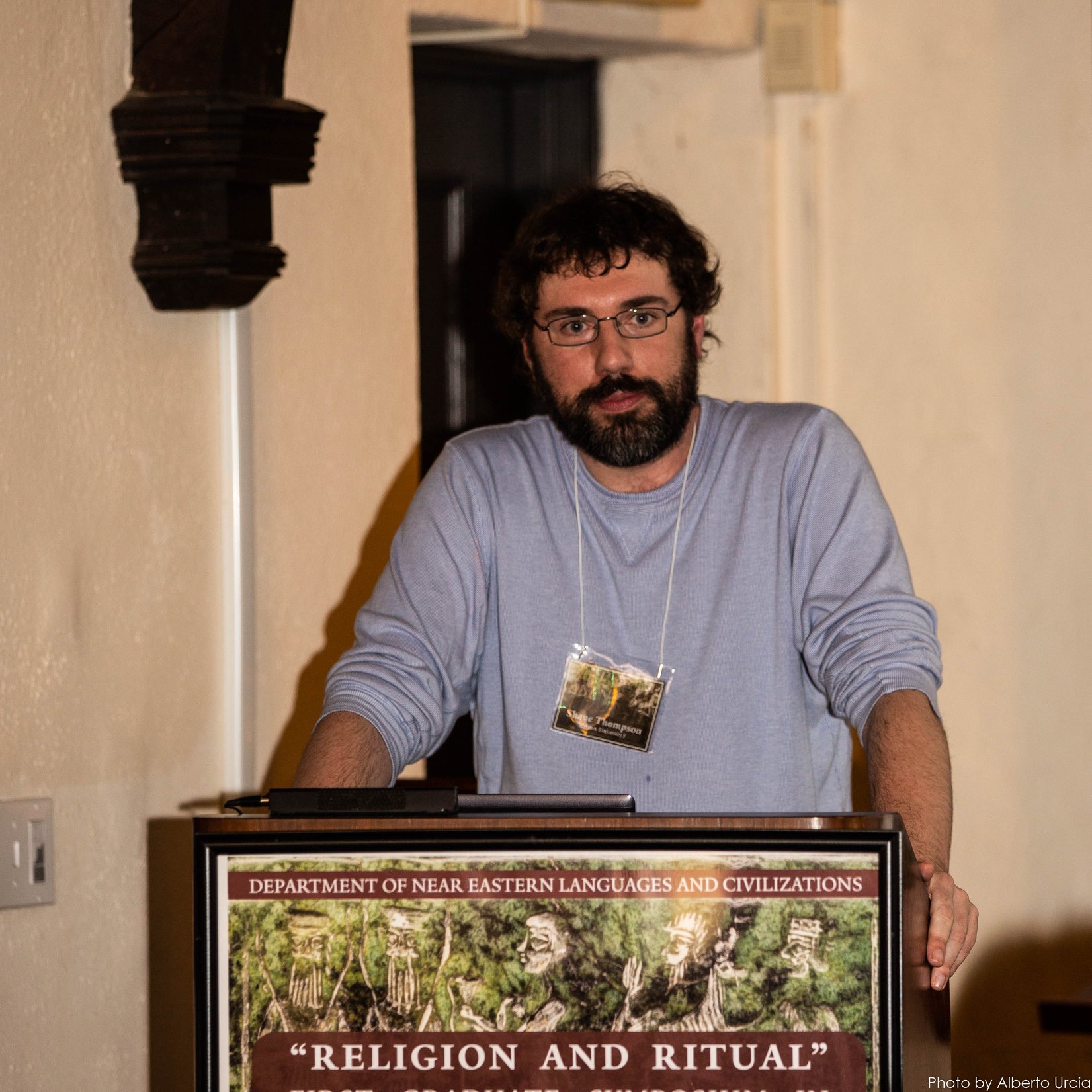Affiliation: North Carolina Wesleyan University

Shane Thompson is an Assistant Professor of Bible and the Ancient Near East Program in Religious Studies at North Carolina Wesleyan University. He received his PhD from the Brown University, and holds degrees in Bible Studies and Theological Studies from Brandeis University, Emory University, and the University of Kansas. His research interests include the religions, history, languages, and cultures of ancient Anatolia, Egypt, the Levant, and Mesopotamia. He is a Co-Chair for the ASOR Member Sponsored Program Unit (RELSE/AAR-SE). His current publications include Displays of Cultural Hegemony and Counter-Hegemony in the Late Bronze and Iron Age Levant: The Public Presence of Foreign Powers and Local Resistance (Routledge, 2023) and Power and Identity at the Margins of the Ancient Near East (edited volume, University Press of Colorado, 2023). He is one of the AIA’s 2024-2025 Kershaw lecturers.
The public presence of the foreign Egyptian hegemon in the Late Bronze Age Levant is principally evidenced through administrative and military installations. The impact of these installations primarily occurs in the political and economic arenas and raises questions about the existence of cultural influence by foreign powers on local non-elites as evidenced in the archaeological record. I examine the visual representations of power primarily found in temple architecture and public reliefs observable by all members of society. In doing so, I consider whether foreign powers also attempted to dominate local societies on cultural and ideological levels through visual media rather than solely through political and economic structures.
The public presence of the foreign Assyrian hegemon in the Iron Age Levant is principally evidenced through administrative and military installations. The impact of these installations primarily occurs in the political and economic arenas and raises questions about the existence of cultural influence by foreign powers on local non-elites as evidenced in the archaeological record. I examine the visual representations of power primarily found in public reliefs observable by all members of society. In doing so, I consider whether foreign powers also attempted to dominate local societies on cultural and ideological levels through visual media rather than solely through political and economic structures.
Notifications